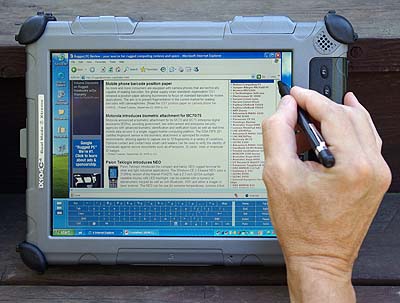The Greenland Ice-Sheet Breakup and Melt
While the scientific community and a handful of eco-activist types warned it would happen, the vast majority of earth’s human population never anticipated the rate with which ocean levels would rise once the Greenland Ice-Sheet broke off, broke up, and began to melt in late 2013 and early 2014. The 1.5 meters worldwide ocean levels rose in the first months of 2014 caused worldwide panic and havoc, and more than a few doomsday prophets. The crisis grew as the icebergs began to melt, raising ocean levels an additional 2.5 meters by the close of 2014.
Even as societies and governments convulsed, neo-luddite tendencies were quelled in the vast majority of the population with the realization that while industrial technologies in the service of limitless capitalist greed caused the calamity in the first place; other technologies: networked, engineering, educational, and medical technologies were both a lifeline to millions, and the tenuous, tenacious threads upon which civil society precariously rested.
Lincoln-Saywire Virtual Middle School
By 20th century standards our class of 120 would be enormous, but we’re fortunate to have two teachers for it. Lincoln-Saywire Virtual Middle School allows our students to login to class from any location at any time, which serves our dense and shifting population well. The online distribution and collection of assignments, together with grading algorithms are invaluable for managing workload, but the mandatory civil reconstruction corps apprenticeships (CiRCA) written into federal law last year go a long way to provide mentoring in the trades and plastic arts, while instilling a sense of civic duty and common purpose altogether absent from the youth of even just 6 or 7 years ago. The OLPAC Mark III
- Integrated speakers, webcam, mic & speakers
- Access to the GoogleSuite of business and creative tools (enabling word processing, database creation, spreadsheet production, multimedia presentations, image, audio and video capture and processing, and networked communications)
Of course, none of this would matter without the internet, which has made it through these years of rapid change, and in fact, whose decentralized model has inspired other design projects of the Highland Migration. CiRCA continues to reinforce IT infrastructure with it’s project to convert rural U.S. post-offices to Wi Fi Max base stations, which is invaluable for connectivity saturation. In fact, it’s the ubiquitous availability of internet connectivity that permits virtual schools like ours to exist, with in the field learning occurring anywhere the student happens to be. As brick and mortar classrooms literally and figuratively disintegrated, virtual schools like ours have formed to address the changed realities of our time.
At Lincoln-Saywire we are proud to be a part of the growing Media Literacy movement, and expect our students to graduate with a comprehensive understanding not only of traditional language arts, but also visual and moving image literacy, interpretation, and development, and historical and contemporary methods of cross marketing and youth marketing. Students especially like using the media equipment – the mics, video and still cameras in their Mark III tablets to compose their work and responses. Our ‘citizen journalism’ class is a particularly proud curricular achievement.
All in all, it’s been a rough 7 years. Rough on all of us. And it’s likely to stay rough for the foreseeable future – certainly for our lifetimes. But it hasn’t been the end of the world, or even the end of civilization, although it has looked and felt like it at times. Our role as educators is more important than ever before, in sustaining and growing young minds and keeping the kindled flame of hope alive.
References:
- http://wiki.answers.com/Q/How_much_would_the_sea_level_rise_if_all_of_the_Arctic_ice_melted
- http://flood.firetree.net/
- http://www.wolframalpha.com/input/?i=Amsterdam+population+%2B++Venice+population+%2B++Tripoli+population+%2B++Dakar+population+%2B++Hong+Kong+population+%2B++Caracas+population+%2B++Miami+population+%2B++Atlantic+City+population+%2B++Barcelona+population
- http://www.sustainabilitydictionary.com/c/cradletocradle.php










